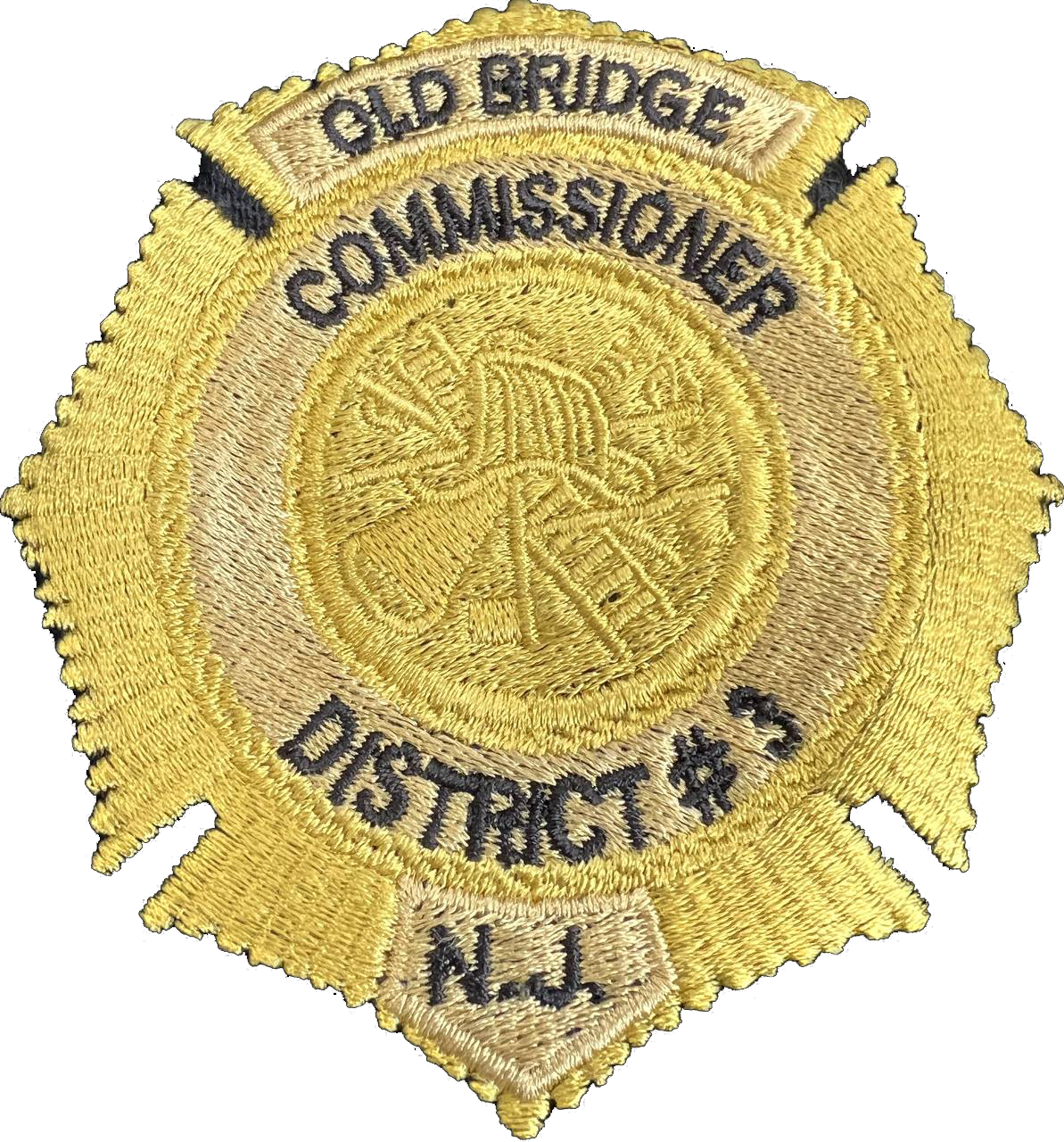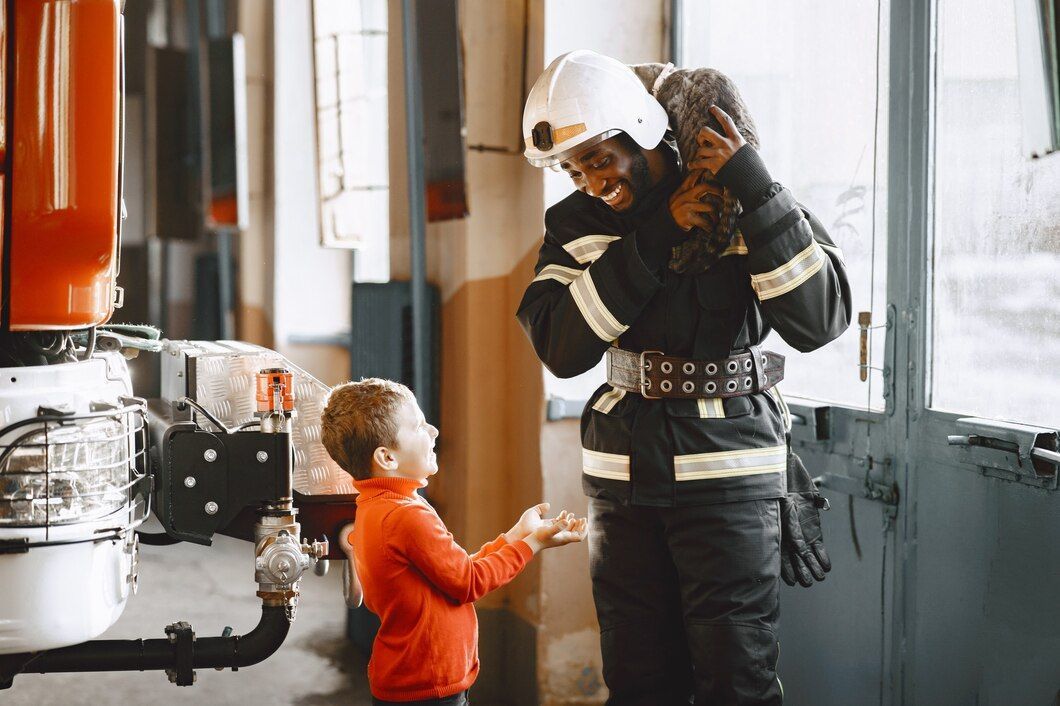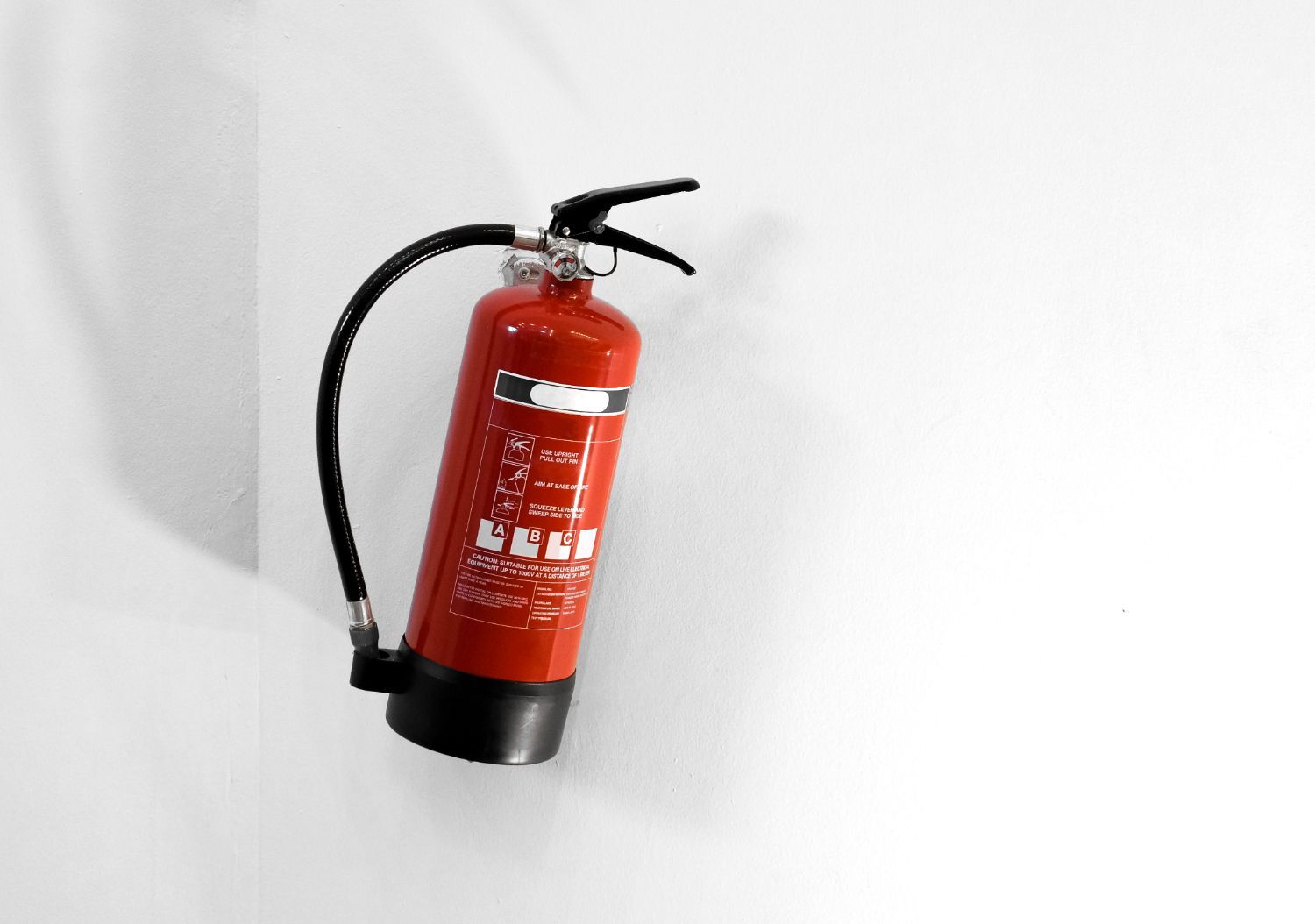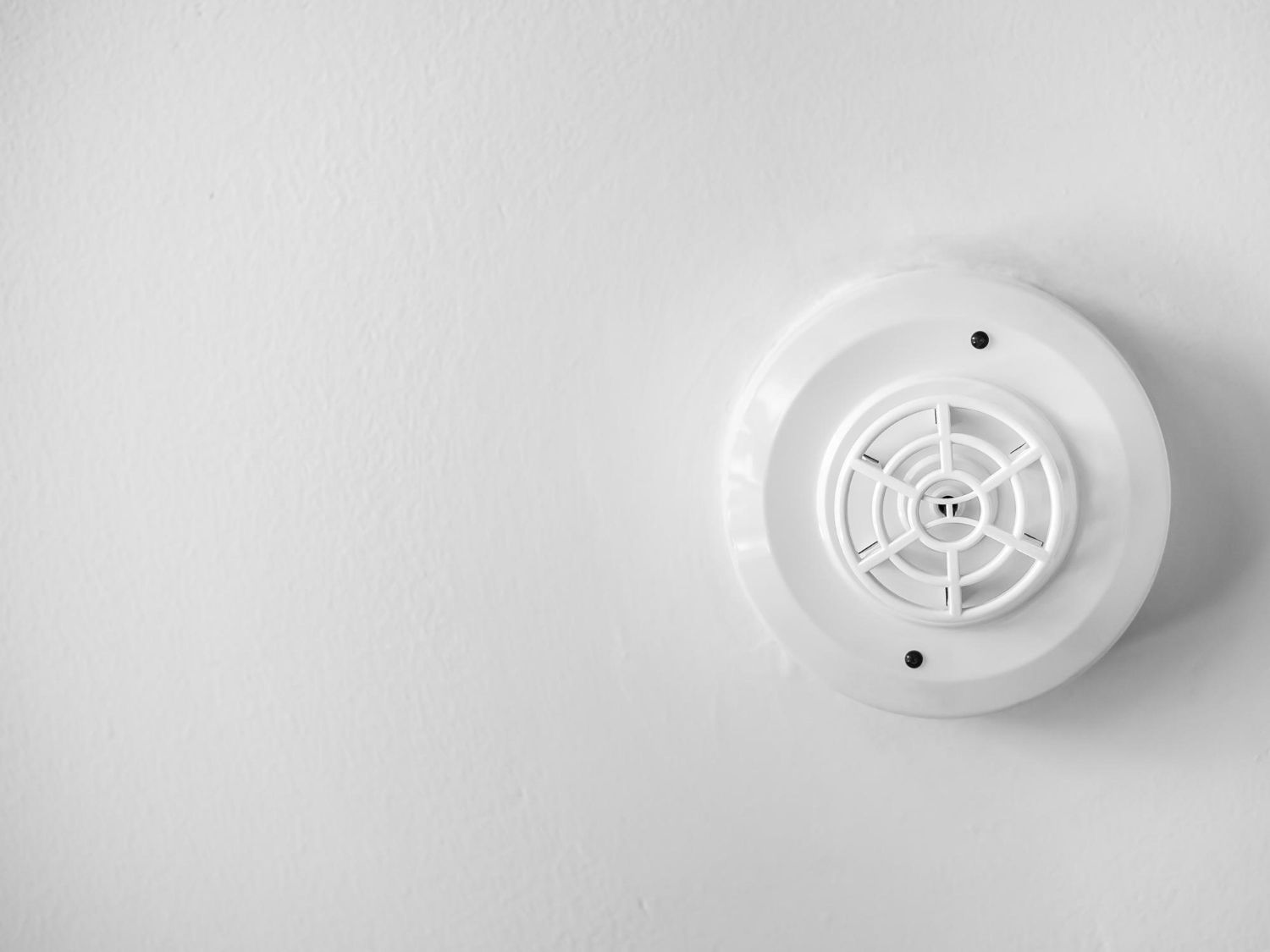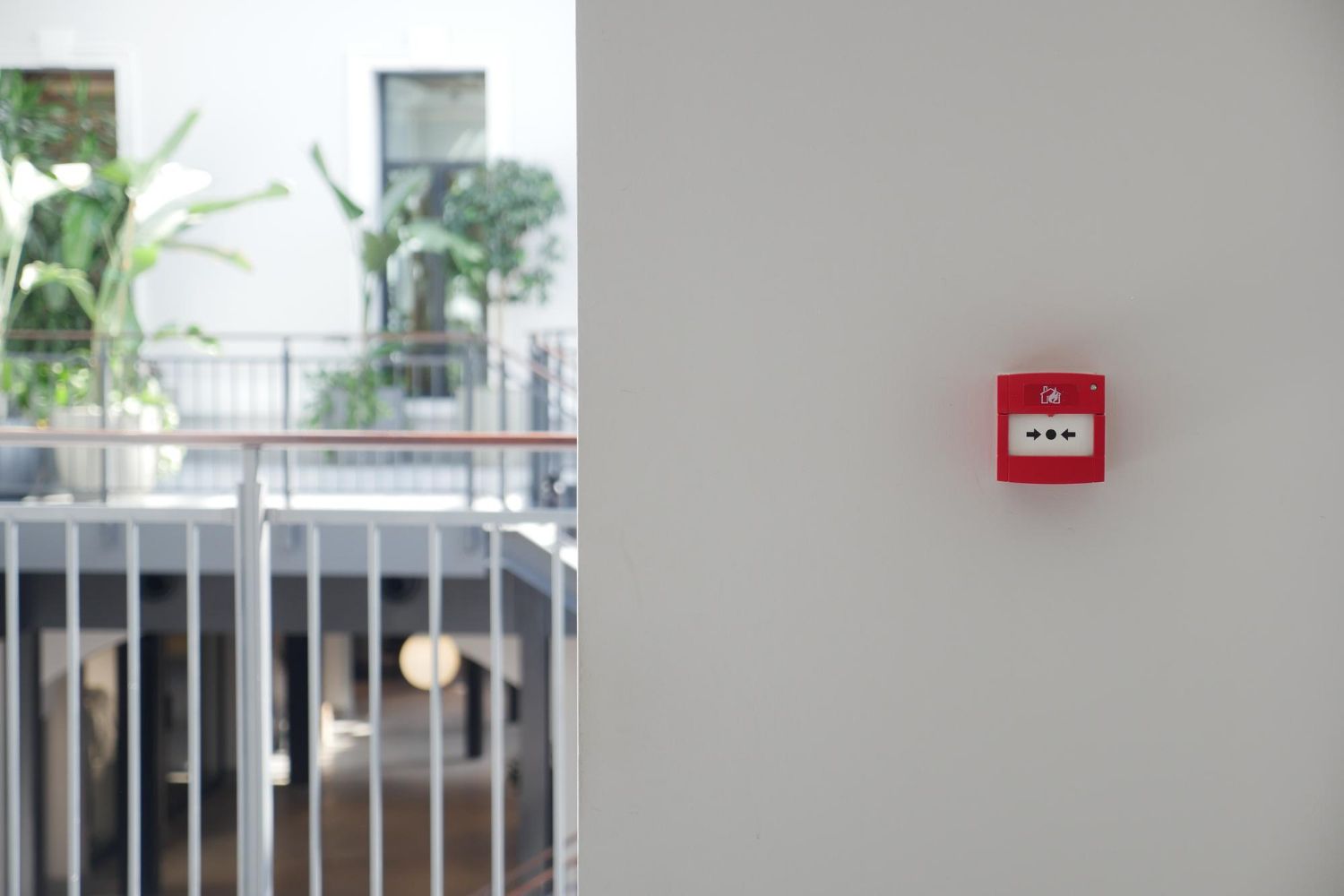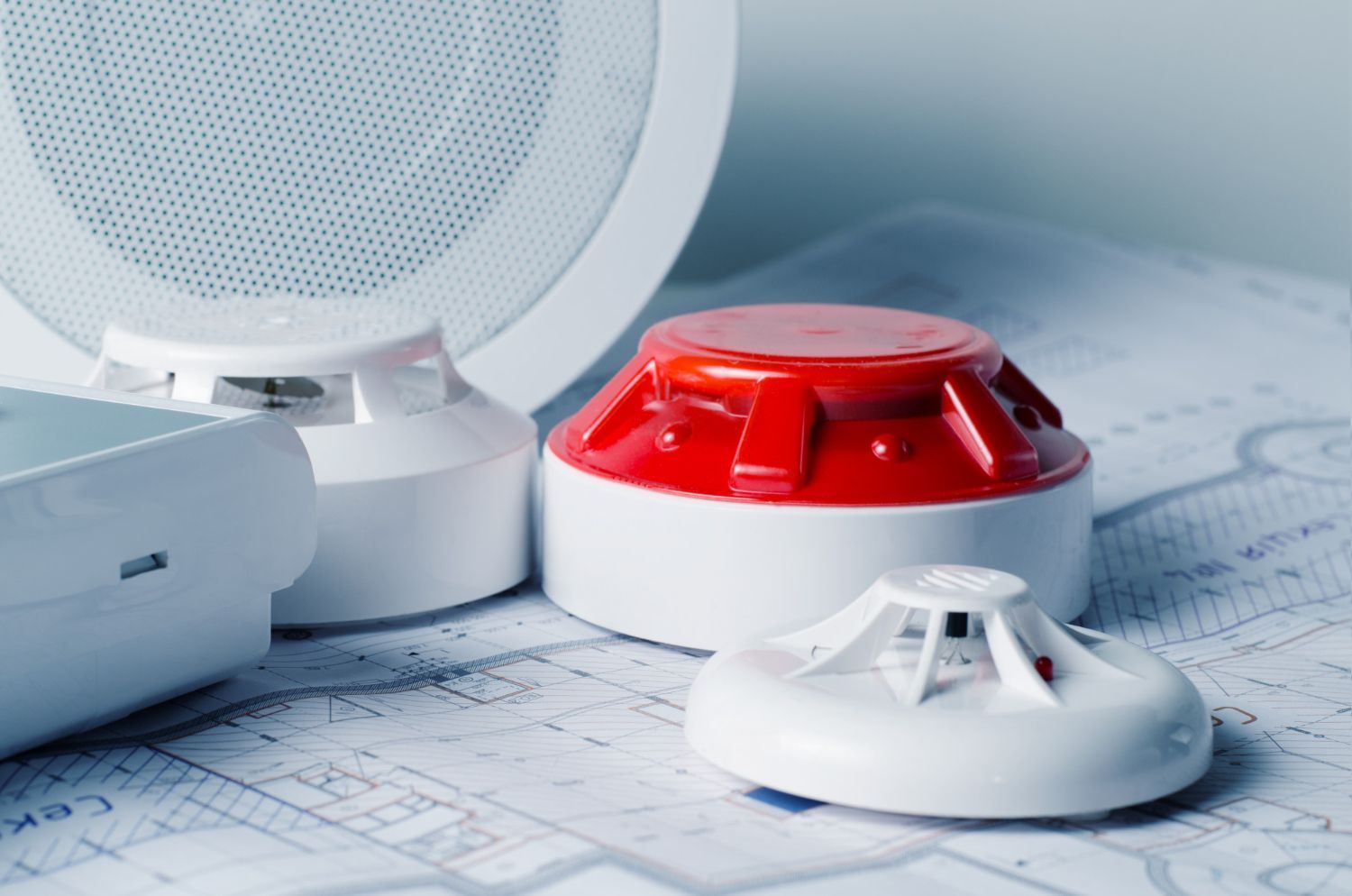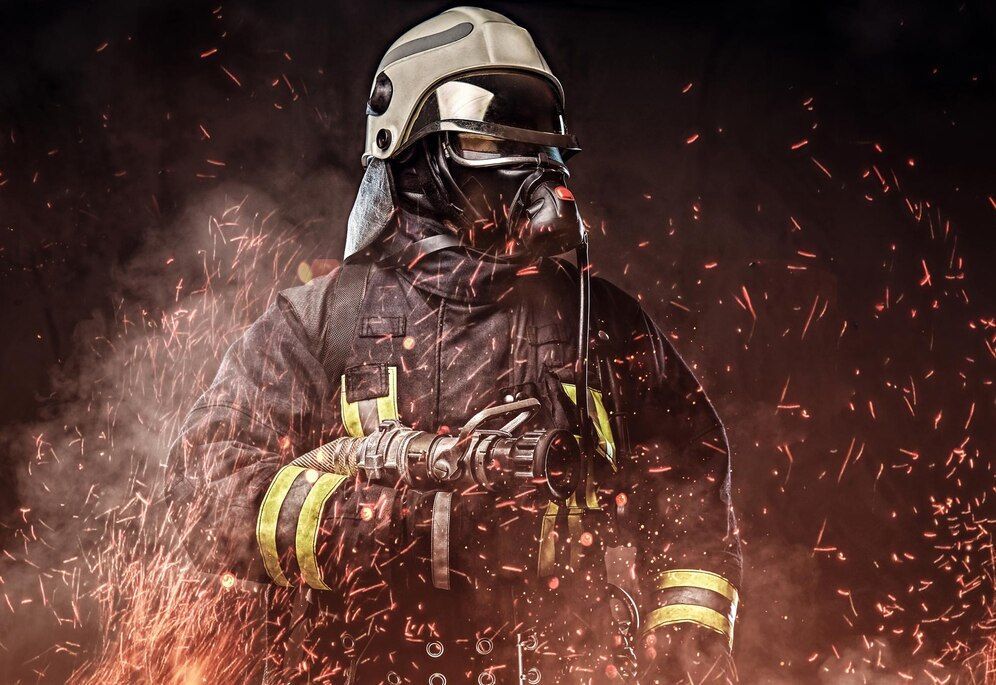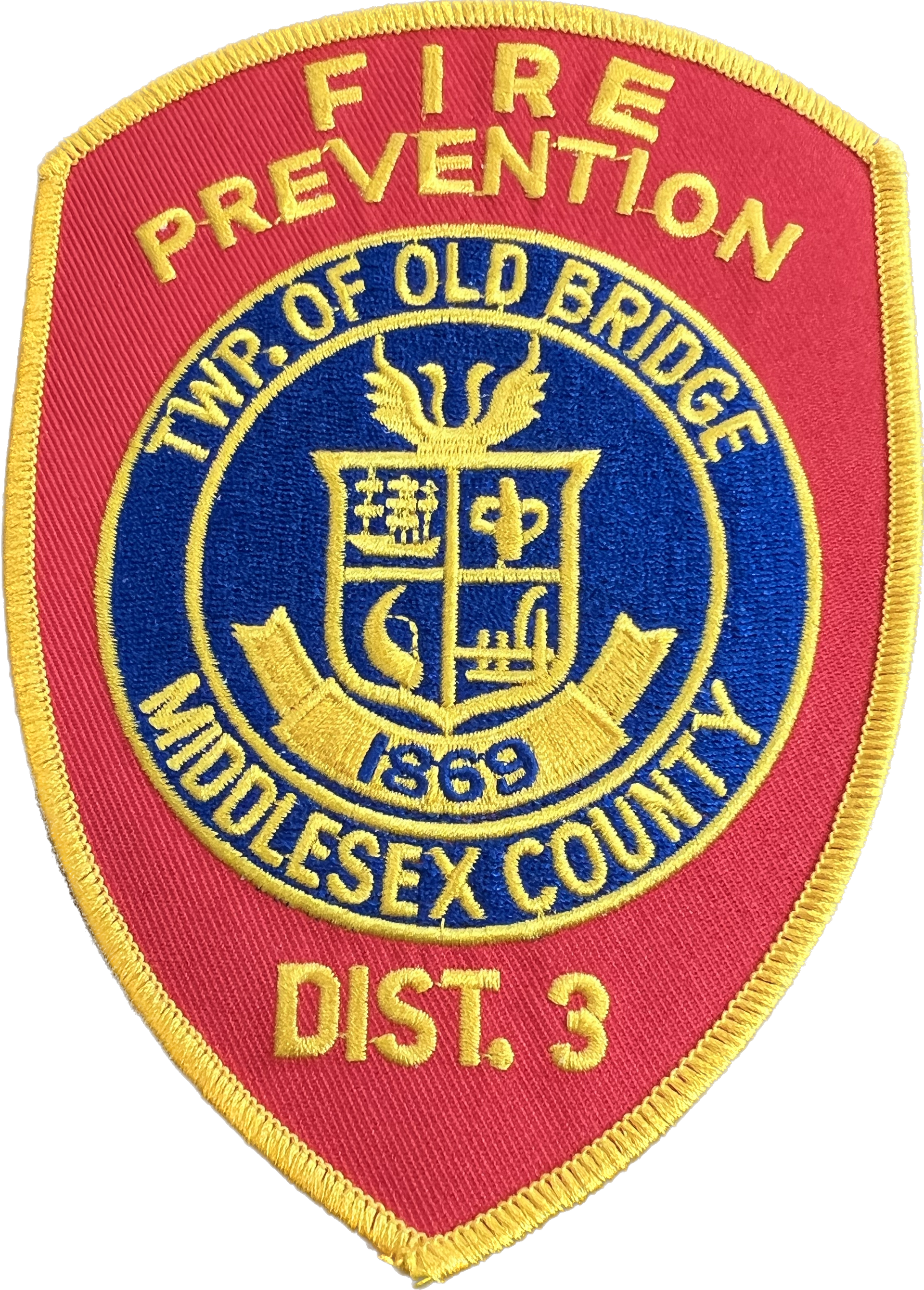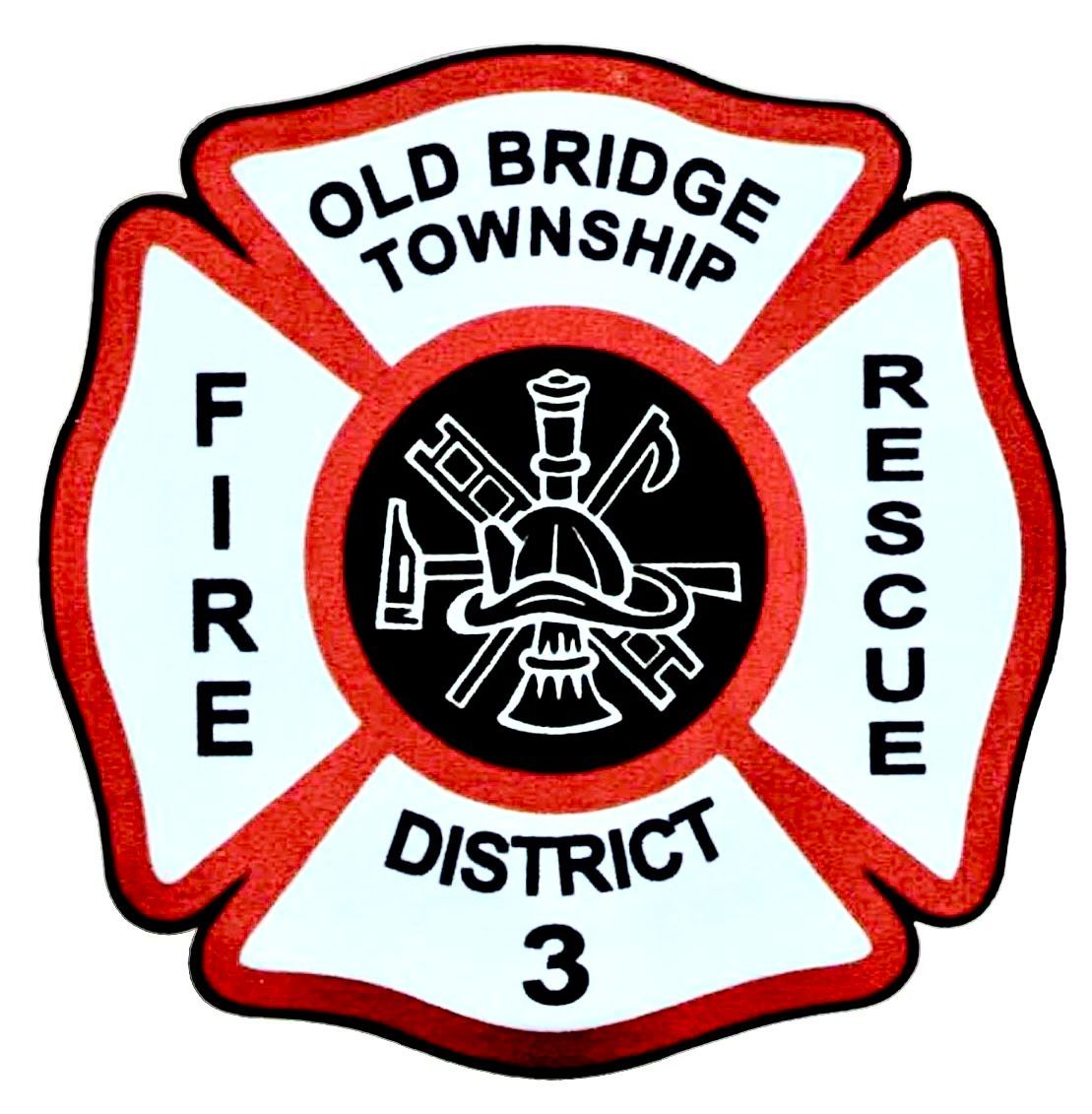Top 5 Fire Prevention Tips Straight From the Experts

Fire safety is not a matter to be taken lightly, especially for residents of Fire District 3, Township of Old Bridge. In our quest to create a safer and well-prepared community, it’s essential to acquire expert advice on fire prevention and protection. That's why we've gathered the top five fire prevention tips straight from the Board of Fire Commissioners, Fire District 3, Township of Old Bridge experts that you can implement immediately.
By adopting these crucial practices, residents can contribute to the community's overall safety and gain much-needed peace of mind. Whether you're a homeowner, renter, or property manager, learning and applying these fire prevention tips can significantly reduce the risk of fire and help protect lives and property. Read on to learn more about the most impactful fire prevention practices that will make your home and community a safer haven.
1. Ensure Proper Installation and Maintenance of Smoke Alarms
Smoke alarms are one of the most critical fire prevention tools available. According to the National Fire Protection Association (NFPA), having
working smoke alarms in your home reduces the risk of dying in a fire by 50%. Here's how to implement proper smoke alarm practices in your home:
- Install smoke alarms on each level of your home, in every bedroom, and outside each sleeping area.
- Choose interconnected smoke alarms, as when one sounds, all the alarms will sound, providing an early warning.
- Test alarms monthly by pressing the test button.
- Replace batteries at least once a year or, if you have a 10-year smoke alarm, replace the entire unit every decade.
- Replace all smoke alarms every ten years, regardless of whether they are battery-powered or hardwired.
2. Practice Electrical Safety
Electrical fires account for a significant portion of home fires. The Electrical Safety Foundation International (ESFI) states that each year, around 51,000
electrical fires occur in homes, causing more than 1,400 injuries and $1.3 billion in property damages. No one should underestimate the importance of practicing electrical safety:
- Regularly inspect electrical cords, outlets, and switches for any signs of damage or fraying.
- Avoid overloading outlets and use power strips with built-in surge protectors.
- Always unplug appliances when not in use and make sure cords do not run under carpets, rugs, or furniture.
- Hire a licensed electrician to perform an inspection if you notice flickering lights, frequent blown fuses, or other electrical issues.
3. Be Vigilant with Heating Equipment
According to the NFPA,
heating equipment is the second most common cause of residential fires in the United States. Proper maintenance and usage of heating equipment can help prevent fires in your home:
- Schedule annual professional maintenance for your heating system, whether it's a furnace, boiler, or fireplace.
- Keep flammable items at least three feet away from space heaters, fireplaces, and other heating equipment.
- Use a sturdy fireplace screen to keep embers from escaping, and clean your chimney regularly.
- Never leave space heaters unattended, and remember to turn them off when leaving the room or going to bed.
4. Implement Safe Cooking Practices
Cooking fires are the leading cause of home fires and fire injuries. To minimize the risk of cooking fires, implement the following safety practices:
- Always stay attentive while cooking and never leave food unattended on the stove.
- Keep your cooking area clean and free from grease buildup, which can ignite a fire.
- Maintain a safe distance between flammable objects, such as towels or pot holders, and heat sources.
- Make sure you have a Class K fire extinguisher in your kitchen for grease fires, and learn how to use it.
- Ensure anyone in the household who cooks is aware of the proper way to extinguish a grease fire: smother it with a lid or use a fire extinguisher—never use water.
5. Develop a Comprehensive Home Escape Plan
A well-prepared escape plan can save valuable time during a fire emergency. The NFPA reports that you may have as little as
two minutes to escape after your smoke alarm goes off. To create an effective home escape plan, follow these steps:
- Brainstorm with your family and sketch a floor plan of your home, including all windows, doors, and possible escape routes from every room.
- Establish a primary and secondary exit route from each room.
- Make sure all household members understand the plan, especially children and elderly people.
- Designate an agreed-upon meeting spot outside your home where everyone will gather after escaping.
- Practice the escape plan regularly, both during the day and at night time, to ensure everyone is prepared and confident in the event of an emergency.
Join Fire District 3, Township of Old Bridge, in Creating a Safer Community
Following these top fire prevention tips from the Board of Fire Commissioners, Fire District 3, Township of Old Bridge experts will significantly reduce the risk of a fire in your home and keep your family and community safer. Implementing these practices is a small investment of time and effort that can pay significant dividends in terms of safety and peace of mind. With diligence and awareness, you can help contribute to a fire-smart community and prevent potentially devastating incidents in your home.
Connect with the Board of Fire Commissioners, Fire District 3, Township of Old Bridge for additional
fire prevention resources, opportunities, and support. Contact us today for more information on programs, special events, and volunteer opportunities. Play your part in making your community safe, informed, and prepared for any fire-related challenge that comes our way.
